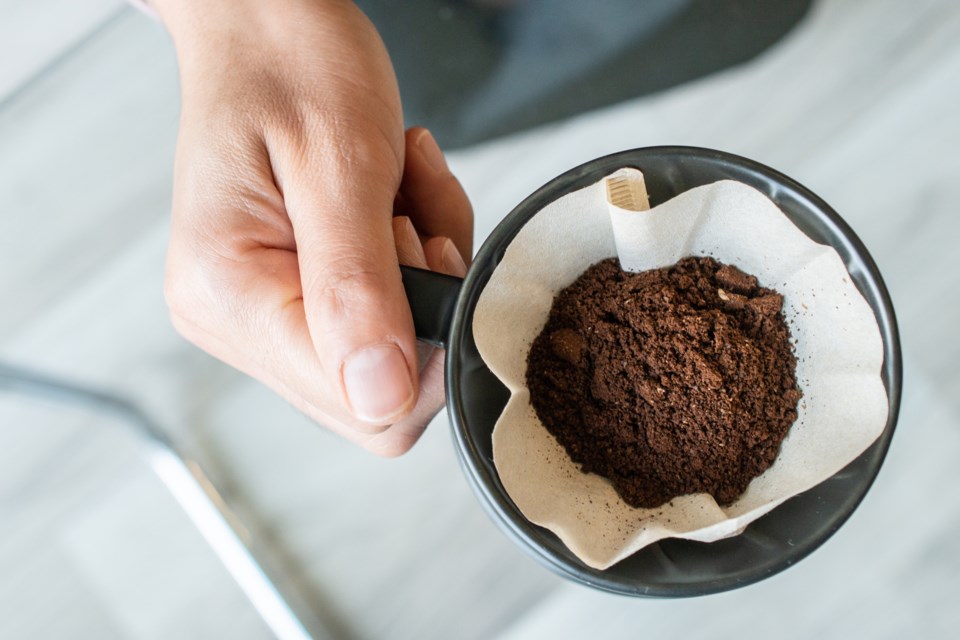Q: I was wondering what tea bags, coffee grounds and eggshells do for plants and could you apply them to any type of plant or only specific plants?
All three are generally good for the garden. The beneficial elements in them are slow-release and present in relatively small quantities. So you don't have to keep any of them away from any specific plants.
Allowing them to break down in the compost is one good way of using them. Another is blending them into the soil around various plants, but not concentrating any one kind in one particular spot.
The tea in tea bags contains nitrogen. So do coffee grounds. The coffee grounds also have trace amounts of phosphorous and potassium.
Eggshells provide calcium to the plants they are placed near. Calcium is especially valuable for tomatoes.
The only snag with eggshells is that most people just crush them (potato mashers work well), but in the ground crushed eggshells take ages to break down.
Ground-up eggshells release calcium much faster. An old blender might do this job.
Q: I am planning to make a small bed and plant two lilies and a banana plant there. All are fairly small. Could I layer the top layer of soil with wood chips or something to give it life? Also, what type of flowers would go well with lilies and the banana plant?
To give your soil some life, Sea Soil or compost spread over the bed would help the fertility immensely. If you don't have your own compost, garden centres sell bags of commercial compost. A bag of one or the other would be sufficient.
On top of whatever nourishment you choose, bark mulch suppresses weeds very well. When seeds finally blow in on the wind and weeds do start, they're very easy to pull out of bark mulch.
My top choice for planting under your banana tree would be sempervivums. Their leaves are rosettes in various patterns and shades: reddish, blue-grey, green with red tips, etc.
These plants form a carpet so dense weeds seldom germinate.
In summer some of the older rosettes produce thick stems with flowers. After flowering, the old rosettes die, but new rosettes quickly fill in. Sempervivums are extremely drought-resistant.
Cranesbills are another possibility. My top choice would be the deep purpleblue flowered Rosanne. This stays blooming for a very long period. It's dwarf and spreads into a wide, low mound.
A pretty, mat-forming annual, which is also a great bee plant, is Sweet Alyssum.
This is available in mauve or white forms. They're covered with flowers all summer and are very sweet smelling. They die in winter, but re-seed themselves abundantly in spring. If you prefer taller plants, you might like the perennial Oriental poppies that produce huge, spectacular flowers in red, orange, white or pink in late QMay. These seed themselves around if you leave the seed capsules on the plants.
If you prefer spring flowers, the perennial Hellebore orientalis flowers give pleasure for many months. Buds pop up in late January, followed by cup-shaped, long-lasting flowers, then interesting spiky seedheads. The hellebore leaves are evergreen all year until late winter when they should be cut back to make way for next year's growth and flowers.
Anne Marrison is happy to answer garden questions. Send them to her via [email protected].
